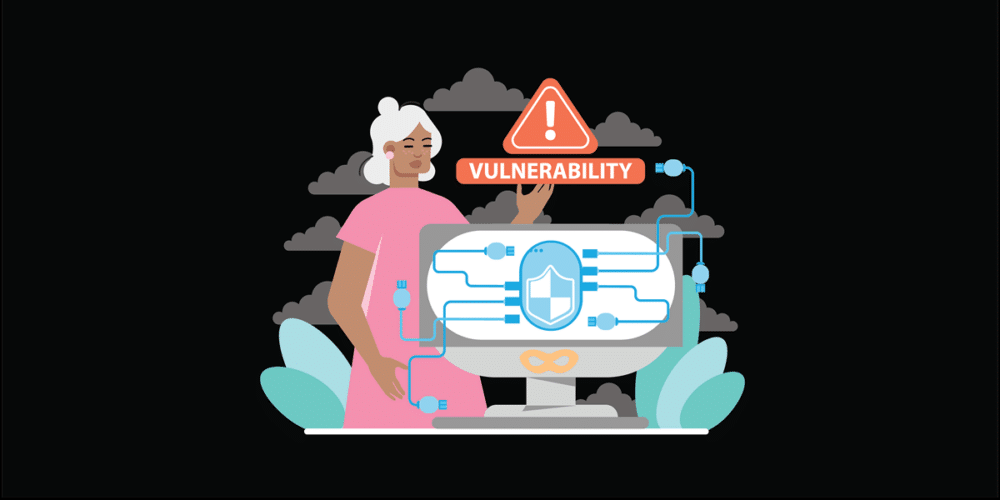In today’s increasingly interconnected digital landscape, the importance of a thorough Network Security Assessment cannot be overstated. This systematic evaluation identifies vulnerabilities within network systems and informs organizations about their current defenses and potential attack vectors. As cyber threats evolve, understanding various assessment methodologies, from vulnerability assessments to penetration testing, becomes essential. However, the challenge lies in implementing these assessments effectively to contribute to a robust security posture. What strategies can organizations adopt to stay ahead in this dynamic environment?
What Is a Network Security Assessment?
Regularly conducting a network security evaluation is crucial for organizations aiming to safeguard sensitive data and maintain compliance with industry regulations.
A network security evaluation is a systematic examination designed to identify vulnerabilities within an organization’s network systems, typically covering two components: Vulnerability Assessments and Penetration Testing, which simulates real-world attacks to test existing security controls.
Key activities include inventorying resources, evaluating data value, conducting vulnerability scans, and testing defenses. Continuous monitoring post-evaluation is essential for addressing new vulnerabilities, ensuring security measures remain effective in the face of evolving threats.

Purpose of Network Security Assessments
Conducting a network security assessment serves multiple critical objectives beyond just identifying vulnerabilities. This process is pivotal for discovering accessible hosts and ensuring data protection against cyber threats. Regular risk assessments facilitate compliance with industry regulations like PCI DSS and HIPAA, helping organizations adhere to best practices.
| Objective | Description | Benefit |
|---|---|---|
| Identify Vulnerabilities | Pinpoint weaknesses in the security architecture | Prevent data breaches |
| Compliance Assurance | Ensure adherence to regulatory standards | Reduce legal risks |
| Proactive Defense Strategies | Develop measures to counter potential threats | Enhance overall security posture |
Types of Network Risk Assessments
Evaluating network risks through various assessment types is essential for enhancing an organization’s cybersecurity posture.
A vulnerability assessment identifies weaknesses within network infrastructures, allowing organizations to evaluate their security measures’ effectiveness against potential exploits.
Penetration Testing simulates real-world cyber attacks, providing insights into the potential impact of breaches and the robustness of defenses.
A risk assessment takes a thorough approach, prioritizing vulnerabilities based on the likelihood and potential impact on assets, while compliance assessments guarantee adherence to regulations, identifying gaps that may lead to non-compliance.
Steps to Conduct an Assessment
Conducting a network security assessment requires a systematic approach to identify and mitigate vulnerabilities. Begin by conducting an inventory of all networks, devices, and data. Next, classify assets based on importance to prioritize the assessment process. Following this, use scanning tools to uncover weaknesses and conduct penetration testing to simulate attacks. Finally, document results, risks, and recommendations in a detailed report.
| Step | Description |
|---|---|
| Inventory of Resources | Identify all networks, devices, and data |
| Vulnerability Assessment | Use scanning tools to find internal weaknesses |
| Penetration Testing | Simulate attacks to test security measures |
Importance of Continuous Monitoring
In today’s rapidly evolving threat landscape, continuous monitoring is a fundamental component of effective network security management.
Continuous monitoring enables real-time detection of emerging security threats, allowing organizations to respond swiftly and reduce the risk of breaches. By implementing continuous monitoring, organizations can cut incident response times by 30%, minimizing downtime and financial loss.
This process also ensures compliance with regulatory responsibilities, such as PCI DSS and HIPAA, by regularly evaluating and enhancing security controls, ultimately fortifying the organization’s resilience against cyber attacks.
How Atiba Can Help with a Network Security Assessment
Working with Atiba for a regular network security assessment can strengthen an organization’s cybersecurity posture. Atiba’s assessments identify vulnerabilities within IT infrastructure while integrating penetration testing to simulate real-world attacks. Their reporting provides actionable insights for risk mitigation and tailored strategies to enhance security controls.
| Service Offered | Key Benefits | Compliance Focus |
|---|---|---|
| Vulnerability Scanning | Identifies weak points and unsecured gateways | HIPAA, PCI DSS |
| Penetration Testing | Evaluates effectiveness of existing controls | Industry standards |
| Detailed Documentation | Offers actionable insights for remediation | Maintains certifications |
| Continuous Monitoring | Manages emerging threats proactively | Aligns with compliance regulations |
Conclusion
A thorough network security assessment is crucial for identifying vulnerabilities and enhancing defenses against cyber threats. By employing varied assessment methodologies, organizations can evaluate their security posture systematically. Continuous monitoring ensures emerging threats are addressed proactively, facilitating compliance and fostering a resilient cybersecurity framework that adapts to the dynamic threat landscape.
